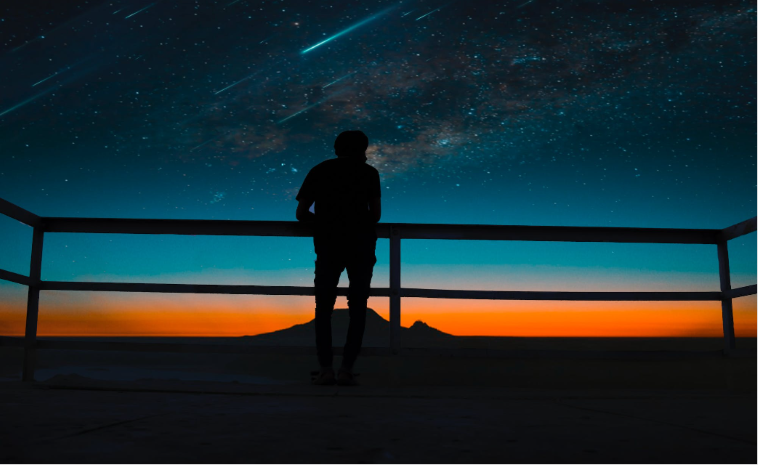Another Perseids season is behind us

The peace of the starry sky was disturbed this August by a multitude of meteors from the Perseid group. We had two peaks of activity.
The first in the night from Saturday to Sunday 13 August 2023. around 01:00 in the morning. The second, stronger maximum occurred on the night from Sunday to Monday (August 14, 2023) from 11 p.m. to 12:45 a.m.
They come in the summer when the sky is mostly clear, when the nights are not cold and when it is the vacation season. Because of all this, even those who are not interested in astronomy are happy to observe them.
As we got closer to the maximum, there were more and more meteors, and they were easy to spot even with an “optional” look at the starry sky. It often happens that we see several meteors in just a few minutes.
The Perseids owe their origin to the remains of comet 109P/Swift-Tuttle, whose fragments are today scattered in an elliptical orbit around the Sun, and every year from the end of July until the middle of August, the Earth passes through this diffuse fiber of particles, mostly smaller than a grain of wheat.
We see the collision of such small pieces of matter with the Earth’s atmosphere due to the ionizing light trail “among the stars”, which actually occurs at heights of 140km – 90km above sea level.
How can a pebble the size of a grain of wheat light up like that, or how does it come to be real fireballs, bolides in the sky that we remember all our lives?

Mathematics helps with understanding this a bit better!
The laws of celestial mechanics in the case of the Perseid show that collisions with rare particles in the mesosphere occur at speeds of over 50 kilometers per second!
If you gently drop a small pebble from your hand onto the car’s windshield, nothing will happen. If you drive 180 km/h, hitting such a pebble will break the windshield. Meteors move at a speed of 180,000 km/h and more!
We only need to make sure that our enjoyment of the view of the stars and meteors is not directly disturbed by the light of artificial night lighting. Slipping into unpolluted areas is a great idea if you want to observe the meteors in their full beauty.
If you decide to observe meteors alone or in a group, let somebody know where you are going. Take a backpack, water, and some food with you, have enough battery power on your mobile phone and don’t use it.
The light of the screen destroys the eye’s adaptation to the dark (you can get around this with the red night mode of the mobile phone!). Don’t forget to make a wish when you see the meteors!

